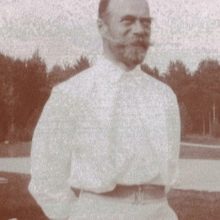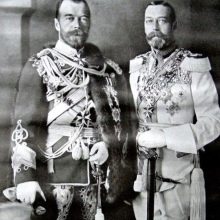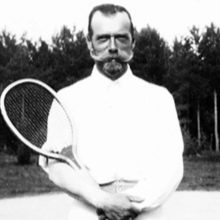All about the tattoo of Nicholas II
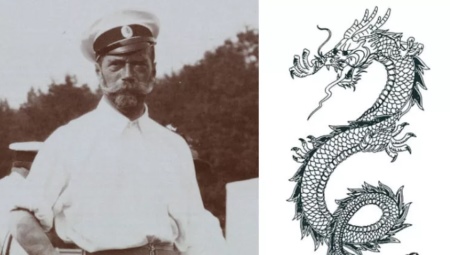
If you look at some of the photographs of Emperor Nicholas II, you can see a tattoo on his right hand. The picture shows a dragon. There are several versions of why the emperor filled himself with a tattoo, but the most plausible is only one of them.
General description of the tattoo
The tattoo was located on the right hand of Nicholas II. It was a drawing of a dragon. Since ancient times, the dragon has been considered a symbol of remarkable strength and power. He also personifies the combination of the elements (air and earth, fire and water). In addition, a dragon tattoo can mean the connection of all four cardinal points: north, east, south and west.
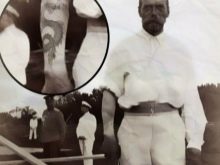
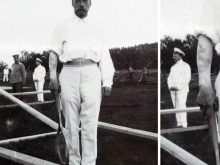
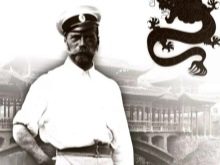
People who fill themselves with such a tattoo have certain character traits. These include:
- power;
- perseverance;
- militancy;
- innate nobility;
- masculinity;
- a kind of mystery;
- excellent leadership qualities.
According to historians, this is exactly what Emperor Nicholas II was. A snake or dragon with an open mouth was drawn on the tattoo located on the forearm. Outwardly, the image is quite serious, even aggressive.
But, despite this, the emperor was never shy about his tattoo. If such an opportunity arose, he would gladly demonstrate it to those around him. That is why in many photographs Nicholas II is captured with his sleeves rolled up.

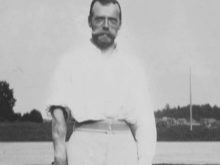
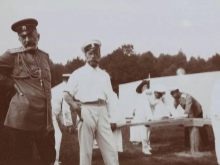
When and why did the emperor get the tattoo?
Some people mistakenly believe that the tattoo on the right forearm appeared at a time when Nicholas had already become emperor. But actually it is not. The tattoo was on his arm back in 1891. At that time, he was already 23 years old. There are many theories about the origin of this tattoo, but the main one is the most credible.
The fact is that in those days, among young aristocrats there was a fashion for tattoos, so drawing does not mean anything special. And the image of the dragon was chosen only because the tattoo was filled during a trip to Japan. When he arrived in Nagasaki, he immediately asked for one of the best tattoo artists of that time, Hora Kio, to be brought aboard his cruiser.

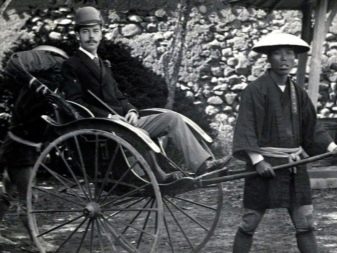
When Khore Kio arrived on the cruiser of Nikolai, he was very surprised at the desire of the young aristocrat to make himself a tattoo. Since in Japan itself, monarchs never did such things, and tattoos were an adornment of exclusively marginal elements of society.
If you look at the photo, you might mistakenly think that the tattoo is done in black and white. In fact, this is not the case, since the tattoo is colored. The dragon had a red body, green legs and yellow horns. The master worked on the tattoo of the future emperor for 7 hours.
Interesting fact! A very similar tattoo was also on the arm of Nicholas II's cousin, George V.
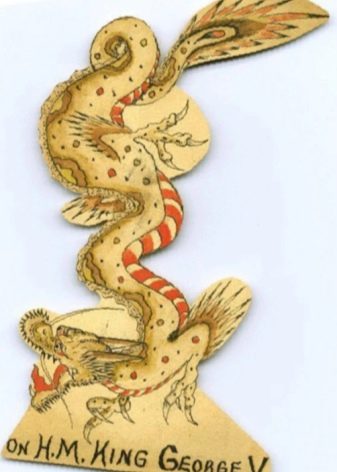
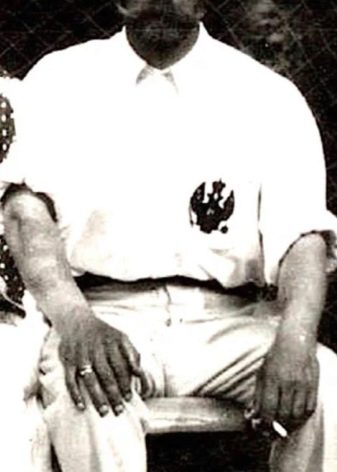
Fake theories
Despite the existence of a basic and plausible version of the origin of the tattoo on the right forearm of Nicholas II, there are other erroneous assumptions. The first of them is based on the fact that the future emperor was born in 1868. This year according to the Eastern calendar was exactly the year of the yellow earth dragon. Some researchers suggest that this is why Nikolai filled the dragon. But at that time they were not as active as they are now, they were interested in the Eastern calendar.
There is also another bogus theory. If we evaluate it from the point of view of reality, then we can safely call it transcendental. Its founders are conspiracy theorists. According to this version, there is the so-called Order of the Dragon. This is a kind of secret society, into which only representatives of the European elite, as well as their closest circle, were admitted. And the tattoo on the right hand is a kind of symbol of a person's belonging to this society.
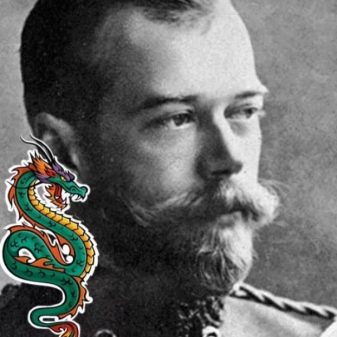

But there was a time when this theory of the origin of his tattoo was considered almost basic. An identical tattoo, which his cousin had, played a role in the spread of this version. People began to believe that if they have the same tattoos, then this is a sign of belonging to a secret society. Here it was precisely the "Red Dragon" that was designated. People said that representatives of this allegedly existing society unleashed the First World War in the world. But there is no direct evidence of this.
Besides, there is another significant contradiction. The fact is that both Nicholas II himself and his cousin never hid their tattoos. On the contrary, the emperor often, when posing for photographs, rolled up his shirt sleeve in order to display his dragon. If this tattoo actually indicated belonging to some kind of secret society, it is logical that the person would try to hide it. Also, such a tattoo should be filled not on the arm, but on some other part of the body. Again, in order to hide it under clothes in front of strangers.
The inconclusiveness of all previous theories of origin led to the fact that the main one is the one according to which Nicholas II made a tattoo of his own free will, thereby paying tribute to fashion.
If we recall the interpretation of the tattoo, which was presented at the beginning of the article, then we can safely say that the tattoo was very suitable for the emperor. After all, he possessed leadership qualities, courage, was stubborn and achieved his goals.
